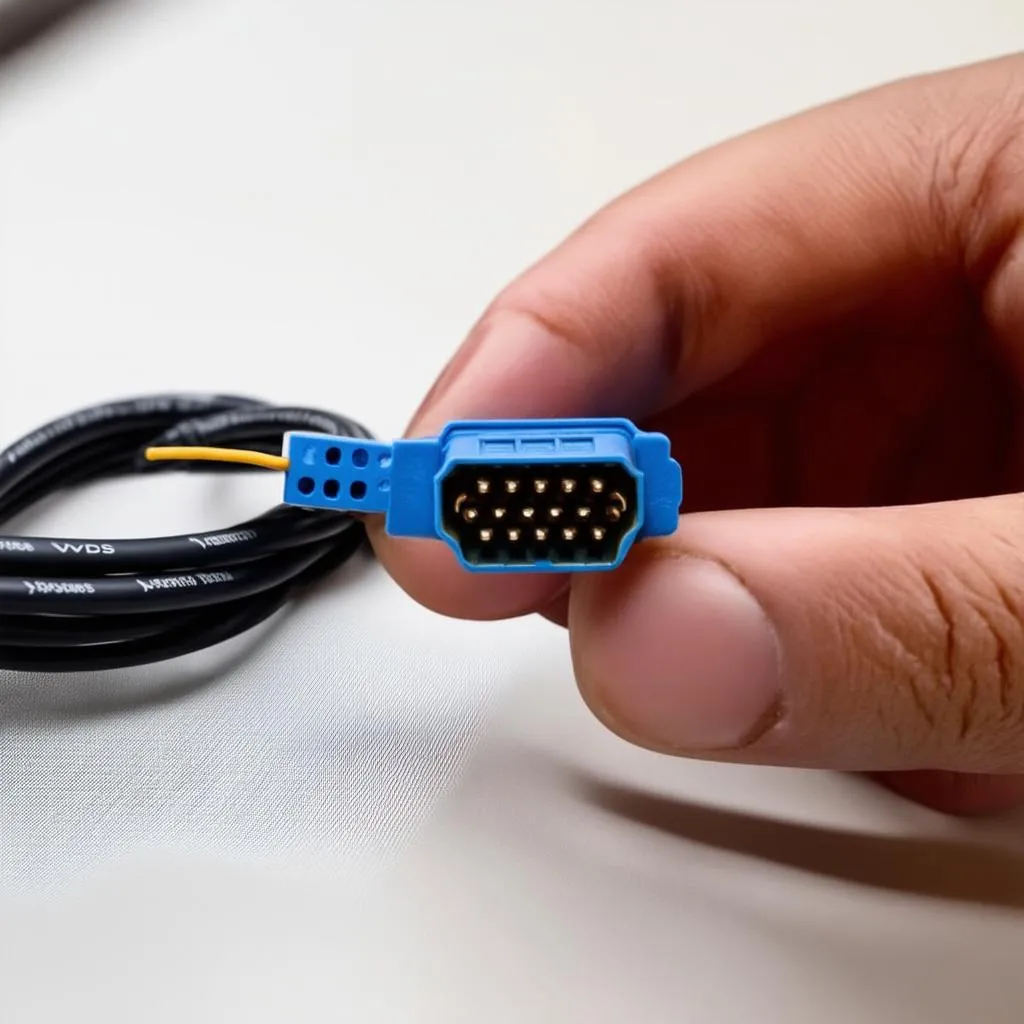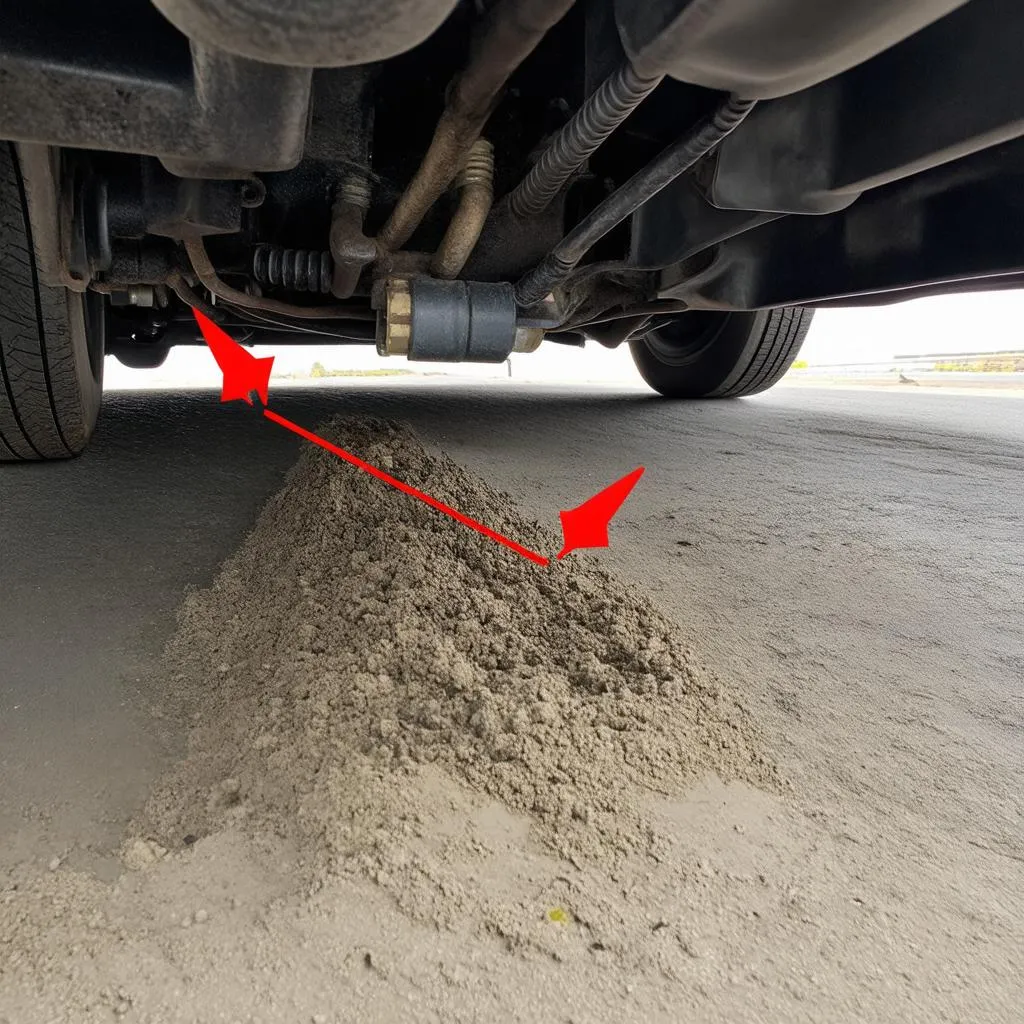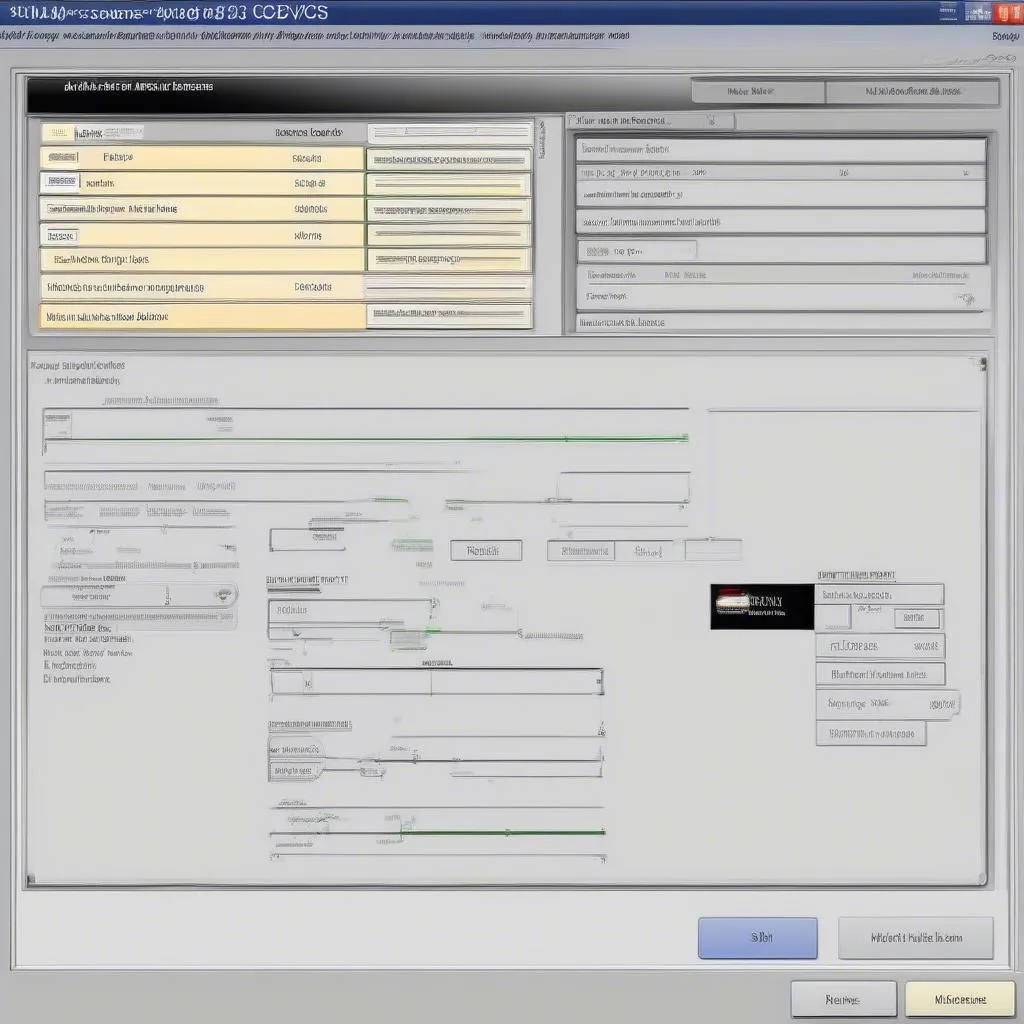Experiencing static or interference in your VCDS (Vag-Com System) audio can be incredibly frustrating, especially when you’re trying to diagnose a tricky vehicle issue. This problem can stem from several sources, ranging from simple cable issues to more complex grounding problems. Let’s dive into the common culprits and explore ways to reclaim that crystal-clear audio.
Understanding the Causes of Static in VCDS Audio
Before we jump into solutions, it’s crucial to understand the potential reasons behind that annoying static:
1. Cable Issues: Often, the simplest answer is the right one. A damaged, frayed, or poorly shielded VCDS cable can act like an antenna, picking up electromagnetic interference and injecting it into your audio stream.
2. Grounding Problems: Just like any electrical system, a stable ground connection is vital for the VCDS. If the vehicle’s ground point is corroded, loose, or inadequate, it can introduce noise into the system.
3. Electromagnetic Interference (EMI): Vehicles are full of electrical components that generate EMI. This interference can be particularly strong from components like the alternator, ignition system, and even certain aftermarket electronics.
4. Software or Driver Issues: While less common, outdated, corrupted, or incompatible software drivers can sometimes introduce audio problems.
Troubleshooting Static in VCDS Audio
Now that we’ve identified the potential culprits, let’s look at how to banish that static for good:
1. Check Your Cables: This should always be your first step.
- Inspect: Carefully examine your VCDS cable for any visible damage, kinks, or exposed wiring. Pay close attention to the connectors.
- Replace: If you find any damage or suspect the cable is faulty, replace it with a high-quality, shielded VCDS cable.
2. Address Grounding Issues:
- Locate: Identify the ground points both on your vehicle and your computer.
- Clean and Secure: Ensure the connections are clean, free of corrosion, and tightly fastened. Consider using dielectric grease to prevent future corrosion.
3. Minimize EMI:
- Distance: Try moving your laptop or VCDS interface further away from potential sources of EMI within the vehicle.
- Ferrite Beads: Consider adding ferrite beads to the VCDS cable to help suppress high-frequency noise.
4. Update Software and Drivers:
- VCDS Software: Visit the official Ross-Tech website (the creators of VCDS) and make sure you have the latest version of the VCDS software installed.
- Computer Drivers: Check for updated drivers for your computer’s USB ports or sound card.
Frequently Asked Questions
Q: I replaced my VCDS cable, but I still have static. What else can I try?
A: Double-check your grounding points, especially on the vehicle side. Even a slightly loose ground connection can introduce noise.
Q: Does the type of laptop I use affect VCDS audio quality?
A: While not as critical as other factors, some laptops are better shielded against EMI than others. Using a high-quality, grounded laptop can potentially minimize interference.
Q: Could the problem be with the vehicle’s electrical system itself?
A: Absolutely. If you suspect an underlying electrical issue in the vehicle, it’s best to consult with a qualified automotive electrician for diagnosis and repair.
 Inspecting a VCDS Cable
Inspecting a VCDS Cable
A Word From the Experts
“Many people underestimate the importance of good grounding practices,” says automotive electronics specialist, Dr. Sarah Miller, author of “Automotive Electrical Systems Demystified.” “A stable ground is the foundation of a clean signal, and that’s especially crucial when using sensitive diagnostic equipment like VCDS.”
 Vehicle Grounding Points
Vehicle Grounding Points
Need More Help?
If you’ve exhausted these troubleshooting steps and are still struggling with static in your VCDS audio, don’t hesitate to reach out to CARDIAGTECH. We offer a wide range of high-quality diagnostic tools, including the VCDS system, and our team of experts is always ready to provide support and guidance. Contact us today, and let us help you get back to diagnosing vehicles with confidence.


